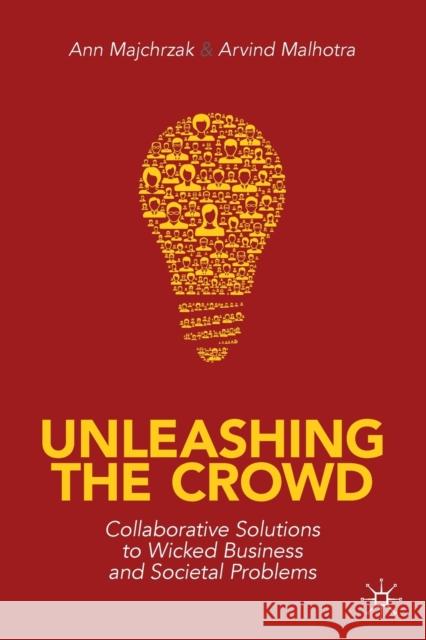Unleashing the Crowd: Collaborative Solutions to Wicked Business and Societal Problems » książka
topmenu
Unleashing the Crowd: Collaborative Solutions to Wicked Business and Societal Problems
ISBN-13: 9783030255565 / Angielski / Miękka / 2019 / 302 str.
Unleashing the Crowd: Collaborative Solutions to Wicked Business and Societal Problems
ISBN-13: 9783030255565 / Angielski / Miękka / 2019 / 302 str.
cena 141,19
(netto: 134,47 VAT: 5%)
Najniższa cena z 30 dni: 134,90
(netto: 134,47 VAT: 5%)
Najniższa cena z 30 dni: 134,90
Termin realizacji zamówienia:
ok. 22 dni roboczych
Bez gwarancji dostawy przed świętami
ok. 22 dni roboczych
Bez gwarancji dostawy przed świętami
Darmowa dostawa!
Kategorie BISAC:
Wydawca:
Palgrave MacMillan
Język:
Angielski
ISBN-13:
9783030255565
Rok wydania:
2019
Wydanie:
2020
Ilość stron:
302
Waga:
0.46 kg
Wymiary:
23.39 x 15.6 x 1.78
Oprawa:
Miękka
Wolumenów:
01
Dodatkowe informacje:
Wydanie ilustrowane











